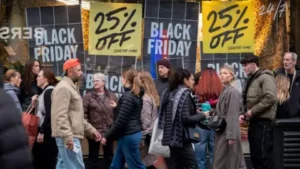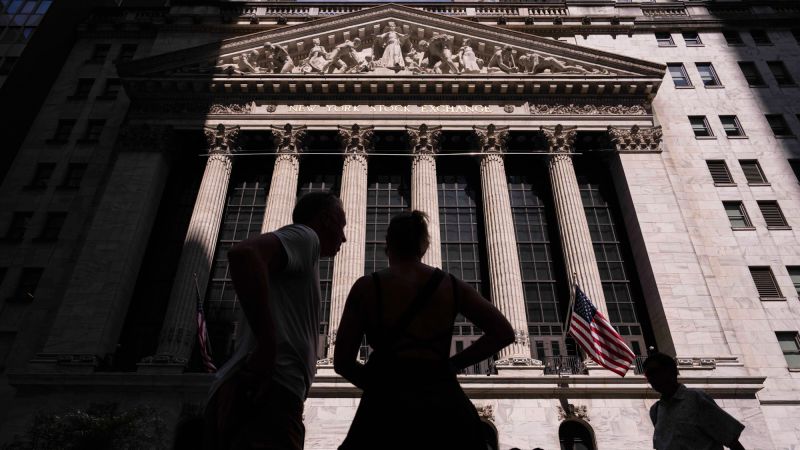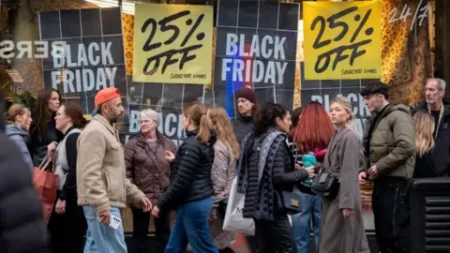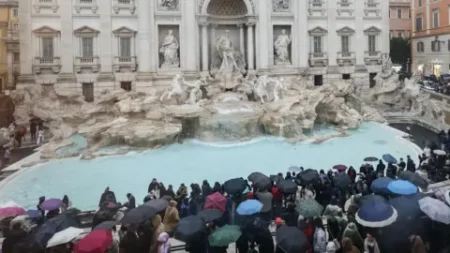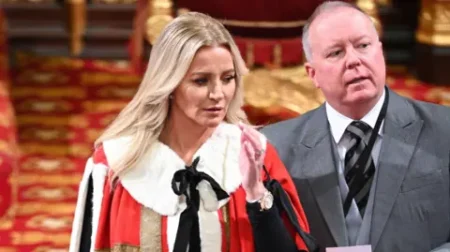The financial landscape has recently been shaped by a significant push-and-pull dynamic involving President Donald Trump and Federal Reserve Chair Jerome Powell. The recent commentary surrounding this relationship highlights an intriguing turning point in U.S. economic and political affairs. Initially, in April, President Trump hinted at the possibility of terminating Powell, which sent shockwaves through stock markets and currency values, revealing how sensitive investors are to perceived threats against the Federal Reserve’s independence. Wall Street analysts cautioned against even joking about such a drastic move, stressing the sanctity of a central bank that operates independently from political pressure.
Fast forward to July, and the landscape appears markedly different. Trump was reportedly flaunting a termination letter draft for Powell to lawmakers, yet stock prices continued to soar. Investors observed a brief uptick in volatility in bond markets and currency values, but reactionary behavior was muted, indicating perhaps a newfound trust in the President’s reluctance to take drastic actions against the Fed—or a misguided belief that such risks have become normal in the current political climate.
This shift raises legitimate questions about financial market dynamics: Are investors so accustomed to volatility that what would typically be perceived as catastrophic now feels like just another day on Wall Street? Or could it be that the historical mantra that a President would never infringe upon the Federal Reserve’s autonomy is becoming increasingly suspect? The latter point stems from the aura of uncertainty Trump cultivates, which has created a unique trading environment marked by reactions that suggest a disbelief in the permanence of his actions.
On Tuesday, news broke that Trump expressed intentions to fire Powell, ostensibly due to a controversial renovation at the Federal Reserve headquarters. This revelation prompted an initial market reaction, with gold prices rising and the dollar dipping, signaling investor concern. However, Trump’s subsequent public denial of his intentions to fire Powell—characterizing it as “highly unlikely” unless fraud was proven—calmed the waters momentarily.
Amidst this uncertainty, notable figures, including George Saravelos from Deutsche Bank, expressed concerns that firing Powell would be a direct affront to the Federal Reserve’s independence. Saravelos underscored the extensive academic literature linking the loss of central bank independence to severe financial repercussions, including currency collapse and soaring inflation. As investors digest this risk assessment, the overall implications should not be underestimated, but the broader market reaction has been tepid.
This phenomenon has led to the emergence of the so-called “TACO trade,” an acronym implying that “Trump Always Chickens Out.” This trading mindset leverages past patterns wherein market downturns triggered by Trump’s comments are often reversed as he backtracks, allowing investors to buy low and profit from subsequent recoveries. Traders appear to be banking on this erratic behavior rather than reacting aggressively to threats against Powell’s position.
Interestingly, the current response from stocks amidst the political uncertainty conveys a complex sentiment: while there is a longing for lower interest rates—a primary agenda of Trump—a willingness to overlook potential governmental intrusion in monetary policy raises potential alarm bells regarding the preservation of financial integrity. Traders may very well be prioritizing the growth promises tied to reduced interest rates over concerns of the erosion of the traditional independence of the Federal Reserve.
Moreover, this relatively muted market reaction poses a dual fear: first, does it indicate complacency amongst traders towards significant geopolitical risks? Second, for the Trump administration, does the muted financial sentiment embolden the President into taking even more radical steps against the Fed, as milder consequences offer a perceived green light for more aggressive maneuvering?
In summary, this period has illuminated the dichotomy between traditional financial norms and the evolving landscape under Trump’s governance. While concerns over the independence and integrity of the Federal Reserve should not be treated lightly, the market’s recent resilience in the face of upheaval reveals a potentially transformative philosophy where chaos is often met with optimism rather than paralysis. Investors are increasingly adapting to the volatile nature of modern political machinations, which poses its own set of challenges and opportunities going forward.



